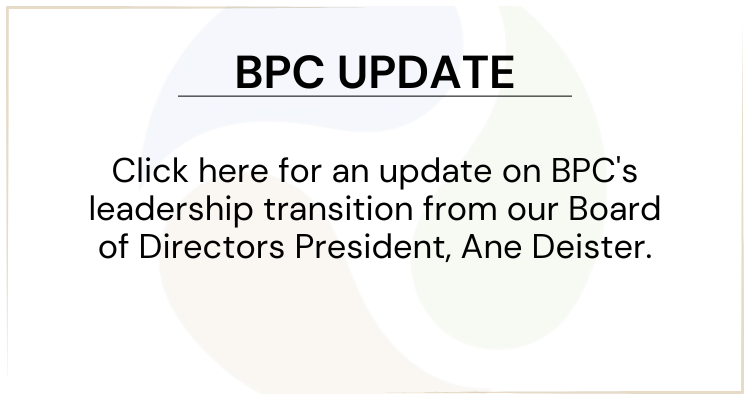After several hours of testimony from local water agency officials and others, the State Water Resources Control Board today adopted the final emergency regulation package for implementing the required 25% statewide reduction in urban water use ordered by Gov. Jerry Brown.
The State Board also received a report on March water conservation data that indicated the state had achieved just 3.6% water conservation in March over the same month in 2013. Cumulatively, since the state began tracking water conservation last summer, Californians have conserved about 9% of the water used during the same period in 2013.
“This is the drought of the century, with greater impact than anything our parents and grandparents experienced, and we have to act accordingly,” Felicia Marcus, Chair of the State Water Resources Control Board said in a statement released after the vote.
“Today we set a high but achievable bar, with the goal of stretching urban California’s water supply. We have to face the reality that this drought may continue and prepare as if that’s the case,” Marcus continued. “ If it rains and snows next winter, we celebrate. If the drought continues, we’ll be glad we took difficult but prudent action today. It’s the responsible thing to do.”
The final regulation approved by the State Board changed little from the most recent iteration of the regulation that was released April 28. The regulation adopted today assigns urban water suppliers into 9 tiers of conservation mandates ranging from 4% to 36% based on residential per-capita daily water use (R-GPCD). The baseline for conservation usage is the same period in 2013 and the mandated reductions will be calculated cumulatively over the next seven months.
Urban water suppliers also must now report commercial, industrial and institutional water use, but may do so as an aggregate, rather than in separate categories.
The regulation now goes to Office of Administrative Law for approval. It could go into effect as soon as May 15.
Max Gomberg, a staff scientist with the State Board, said staff has waded through more than 700 comments on the proposed regulation framework. Many of comments raised concerns that the tiers do not take local climates, past water use reductions or water supply investments into consideration.
ACWA’s comment letter sent to the State Board on May 4 is here.
Dave Bolland, special projects manager for ACWA, outlined many of ACWA’s concerns during the State Board’s hearing. Bolland, like many other speakers Tuesday, thanked the State Board staff for the immense amount of time they have spent writing the regulation and holding meetings with stakeholders in such a short time frame.
Bolland reiterated ACWA’s position that climate zones should be considered in the conservation targets, more target tiers should be added and suppliers should be given credit for new supplies.
“There just needs to be more time to talk about it,” Marcus said in reference to the proposed climate zones.
Gomberg said many water suppliers also are concerned about the economic impacts of mandatory reductions. The recent California Supreme Court ruling that San Juan Capistrano’s tiered water rates are in violation of Proposition of 218 also has raised concerns about adopting conservation-oriented tier structures. Gomberg said the State Board will work with the California Department of Water Resources and the Public Utilities Commission in looking at best practices around the states in terms of conservation-oriented water pricing that complies with Prop. 218.
“There’s still an opportunity to use rates as an effective conservation tool,” said Gomberg.
Gomberg said the State Board will establish a working group of stakeholders to address some of the concerns raised.
Dozens of local water agency officials and members of the public testified to the State Board on the regulation. Gary Arant, general manager of Valley Center Water District, and an ACWA Board member, cautioned that the regulations could have long-term implications.
“Keep in mind that these are short-term measures to deal with an emergency, but some short-term measures can have long-term ramifications,” said Arant.
The State Board first released a draft framework on April 7 and a revised draft package on April 18. Its formal emergency regulation package was released April 28.
Data on the March conservation targets and documents related to the regulation framework is available here.
ACWA encourages water agencies to carefully review the regulatory package, especially the assigned conservation standard for water use reduction which your agency will be required to achieve during the 270-day effective period for the emergency regulation.

